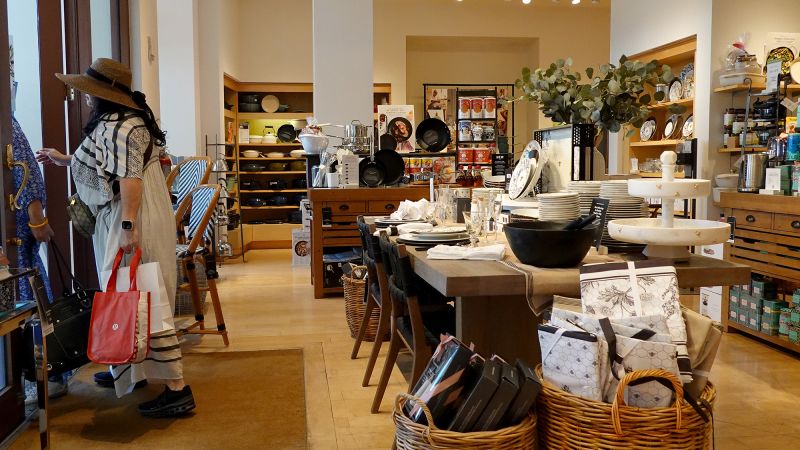American households are currently looking for the best value when shopping, which doesn’t necessarily mean finding the cheapest option. Higher inflation and interest rates have made it more expensive for consumers to purchase goods and services. Despite these challenges, consumers are still seeking deals while shopping. Discount retailers like Walmart and Costco have seen an increase in sales as shoppers flock to their stores for deals on everyday necessities. Other discount stores such as Ollie’s Bargain Outlet and Costco have also experienced growth in sales.
On the other hand, stores that are known for more expensive products, which aren’t necessarily essentials, are also seeing an increase in sales. This suggests that Americans are still spending money, but more selectively. The concept of “value shopping” varies among consumers and doesn’t necessarily mean choosing the cheapest option. Consumers are willing to spend more on products that they perceive as high quality, trendy, and long-lasting. Retail industry analyst Neil Saunders emphasizes the importance of finding products that people truly want and will use.
Retailers like Abercrombie & Fitch and Williams-Sonoma have experienced growth in sales by offering products that appeal to specific consumer preferences. For example, Abercrombie & Fitch saw a 21% increase in same-store sales by providing fashion trends that appeal to their core younger shoppers. Williams-Sonoma reported improving sales by launching partnerships with trendy brands like LoveShackFancy and Lilly Pulitzer. These retailers are focused on providing products that align with current fashion and home décor trends.
Gap Inc., under the leadership of new CEO Richard Dickson, has seen an increase in same-store sales for the first time in years across all their brands. Dickson’s strategy has been to focus on providing quality products that resonate with consumers. The company launched a successful marketing campaign involving celebrity collaborations, such as a Gap white shirt dress for Anne Hathaway, which quickly sold out. Consumers are not only looking at prices but also considering the benefits they will receive from products they purchase.
Consumers are making more conscious decisions about where and when they spend their money. While value is important to shoppers, it doesn’t necessarily mean choosing the cheapest option. Consumers are willing to invest in products that offer value in terms of quality, trendiness, and functionality. Retailers are adapting to these changing consumer preferences by offering products that align with current trends and delivering a sense of value to their customers. Overall, consumers are seeking products that they truly desire and will use, even if it means spending a little more.


